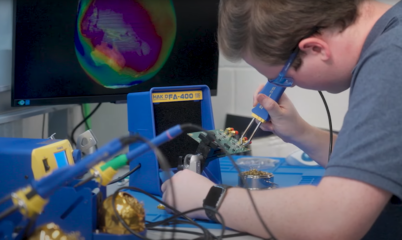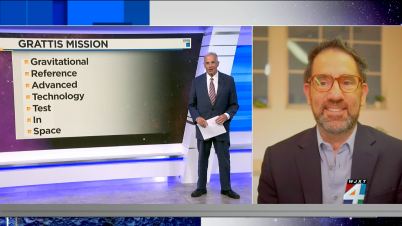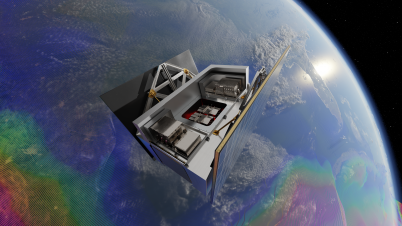“GRATTIS technology will allow us to track Earth’s water and ice with unrivaled precision”
Dr. John W. Conklin, Principal Investigator
The GRATTIS proposal was selected in 2024 by NASA’s Science Mission Directorate as part as the In-Space Validation of Earth Science Technologies program.
The science team is led by the University of Florida‘s Department of Mechanical & Aerospace Engineering and includes relevant experts from Texas A&M University and CrossTrac Engineering. The mechanical sensor heads are provided by BAE Systems, while the electronics units are provided by Fibertek, Inc. CrossTrac Engineering provides the software and program management.
The team will integrate the flight payload into a single thermal/mechanical enclosure and perform ground testing to the extent possible. Apex Space will provide the Aries microsatellite bus, spacecraft-payload integration, and launch services via a SpaceX Falcon 9 Transporter mission planned for March 2027. After launch, Apex will perform on-orbit bus commissioning, then they will hand over GRATTIS mission operations to the science team while continuing to provide support. The S-band ground network is provided by Amazon Web Services.
in partnership with







